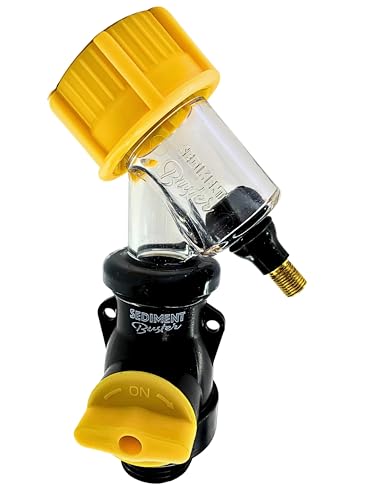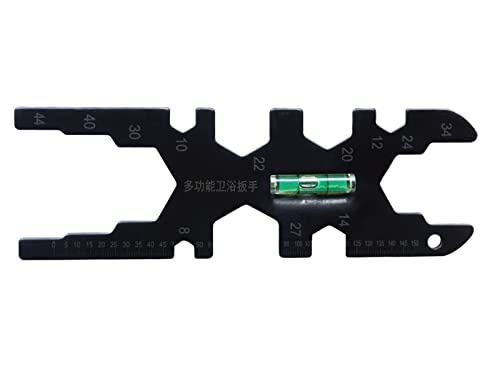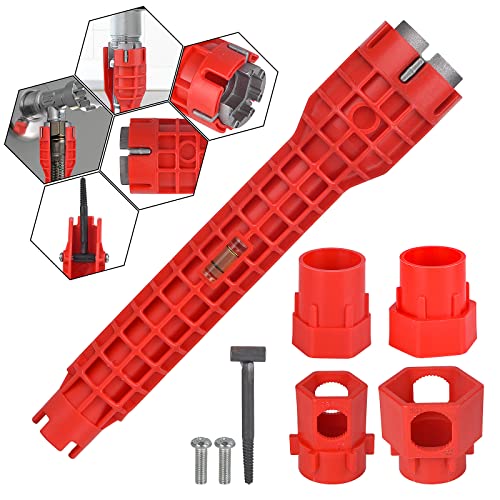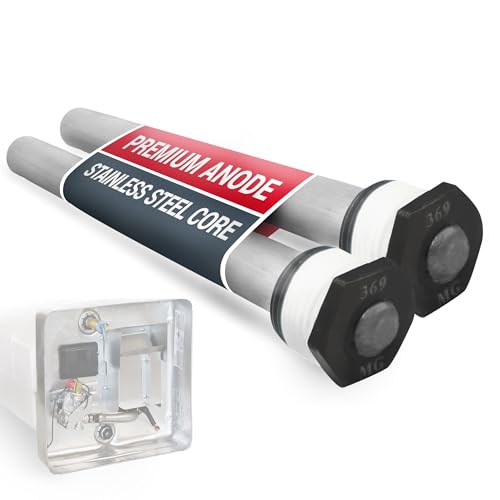It's better if your system pressure is lower than 20. The pump will last longer & the system will be quieter.
About 6 PSI-G (operating temp) for a one-story house and up to 12 PSI-G (operating temp) for multi story building are commonly used, but there is no rock-solid rule, except: Stay far under 30 PSI-G when hot. (Relief valve opening point)
If you use 6 PSI-G, set the tank at 12 PSI-G. If you use 12 PSI-G system, set the tank at about 16 PSI-G
Is yours dripping cold and hot, or hot only?
Slow drip is usually a pressure problem or a wrinkled diaphragm in the relief valve.
If Dripping Cold and Hot....
**Work With A Cold System Only-
Set your expansion tank to 12 PSI-G and system pressure to 6 PSI-G
Verify that the pressure gauge is correct. To do this, you may be able to connect a gauge to a boiler drain (looks like a garden hose faucet) somewhere in the system. Your gauge may be off & your pressure may be over the 30 PSI-G that opens the relief valve.
If the gauge is correct at 20 PSI-G, then suspect that the relief valve has something stuck in the seat. Snap the handle a few times to flush a quick blast of water out. If that does not solve it, the seat may be wrinkled or the spring weak.
If Dripping Hot System Only-
The system has too much pressure and/or the expansion tank has too little pressure. Check the automatic fill valve.
If Blasting Momentarily-
The system is probably over-heating. Check your aquastat and high limit for accuracy.
It also may be due to a restriction (rare). Put a gauge on the supply pipe and on the return pipe near the boiler. Run the system. The pressures should almost match. If the return is lower by several PSI-G, there is a restriction.
TANK SETTING-
The expansion tank usually comes at 12 PSI-G from the manufacturer.
If You Want To Get Precise Pressure For Your System-
To get a perfect pressure match for your system, do this math:
Pa= H(Dc/144)+5
Pa = Tank Pressure
H = Distance from the tip of the tank to the top of the highest item in the system. (Top of a radiator, baseboard, etc.)
Dc = Fluid Density Cold (Pounds per cubic foot)
70 degree-F water is usually about 62.3 pounds per cubic foot
Note that if you use a chemical or glycol, your Fluid Density will be different.
The 5 is the assumed final pressure you will have at the highest point in the system
Use the Pa result to set the air charge in the expansion tank and maintain the system water pressure below that.
Paul






















































